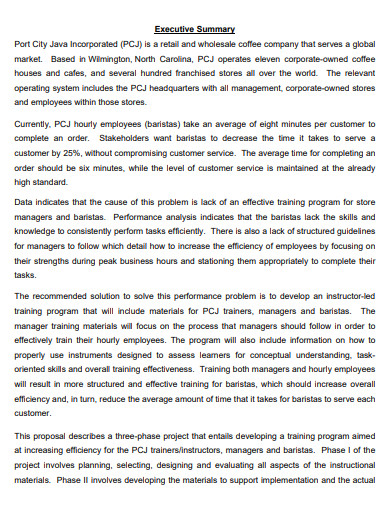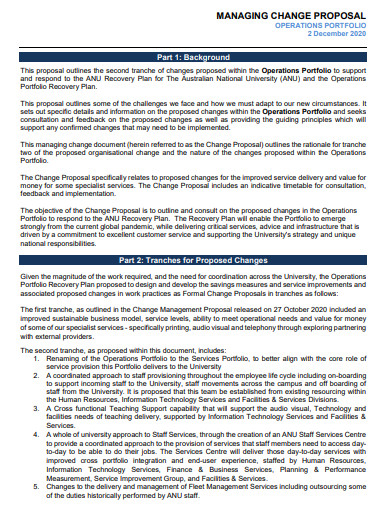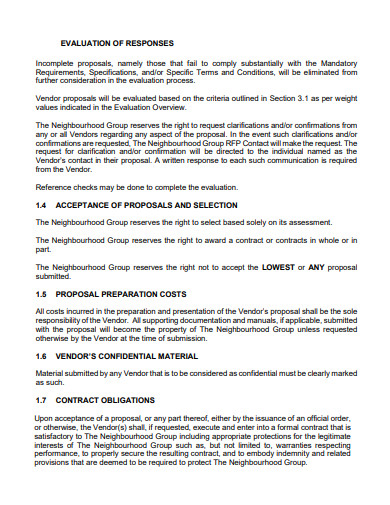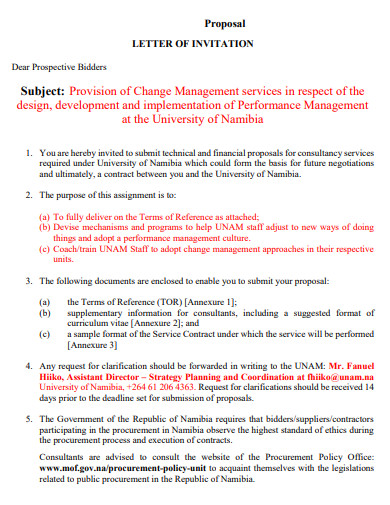Is your company or organization planning to change the whole process, procedures, and policies in your company to adapt to the changes in the current trend in the workplace? Well, your workplace needs a change management plan proposal to help you manage the change process in your business processes and workflows and to control the budget, schedule, scope, communication, and resources you’re going to need and encounter when implementing and executing the changes. Another great thing about having this type of proposal plan will help minimize the drastic impact of these changes on your company or organization’s business, employees, client, and other stakeholders. This article will guide you on how to make a change management proposal.
4+ Change Management Proposal Samples
1. Change Management Proposal

2. Change Management Plan Proposal
3. Sample Change Management Proposal
4. Simple Change Management Proposal
5. Change Management Proposal Example
What is a Change Management Plan?
A change management plan is a roadmap for managers in an organization or company that outlines certain concrete steps they should take to implement and execute the process of making changes in the management. This is done so all the staff can adapt and embrace the changes in their workflow and the whole workplace environment.
How to Create a Change Management Plan
1. Define the Change and Tie it to Your Company’s Goals
It’s one thing to communicate the need for change; it’s quite another to undertake a rigorous review of organizational goals and performance targets to ensure that the change will lead your company in the proper financial, strategic, and ethical direction. This stage will also assist you in determining the change’s value, which will help you estimate the inputs and resources you should devote. The questions below are what should guide you in making the change plan:
- Why do we need this change?
- What do we have to change?
2. Determine the Impacts of the Change and Those Who Will Be Affected
Once you’ve figured out exactly what you want to accomplish and why; move on to the next step. Figure out how the change will affect different levels of the organization. Examine the impact on each business unit and how it reaches that person through the organizational structure. This information will begin to develop a plan for where the most help and training are needed to offset the effects of the transition.
Ask yourself these following questions:
- Who will be affected?
- What are the impacts of the change?
- How will the change be received?
3. Create a Communication Strategy
Every employee should be included in the transformation process. Use the best method of communication to bring your employees or teams on board. A good communication strategy will include a timeframe of how the change will be conveyed in stages, what important messages will be conveyed, and what communication channels you intend to use.
4. Provide Effective Training
Now that the change has been announced, your employees must understand they will receive training, whether informal or formal, to teach the information and skills needed to perform efficiently as the change is implemented. A suite of online learning modules, or a blended learning strategy involving face-to-face training sessions or on-the-job mentoring, could be used for training. Determine what are the most effective training delivery methods to use and what skills and attitudes are necessary to achieve company objectives.
5. Establish a Support System
Building a support structure is crucial for employees to adjust to the changes both practically and emotionally. Build employee behavior proficiency as well as the technical abilities required to accomplish your objectives. An open-door policy with the management and subordinates to welcome inquiries and provide answers for them should be established to help staff adjust to these changes and aid them in doing their responsibilities. You need to further know what forms of assistance will be most beneficial to the staff and what areas the support is most needed.
6. Evaluate the Change Process
A robust structure of the change process should be addressed during the change management process to quantify the business impact of the changes and ensure that chances for continuing reinforcement to build proficiencies that currently exist. You should also assess the efficacy of your change management strategy and document any lessons gained. Ask yourself if the change helped in achieving business goals? Is there anything that could have been done differently? Was the change management process a success?
FAQs
What are the three types of change?
The three types of change are static, dynamic, and dynamical.
What skills do you need for change management?
For you to succeed in monitoring and leading the change in management in an organization or business, one must be a good communicator, a leader, a visionary, have good strategic skills in analysis and planning, have good knowledge in change management principles and practices, and have good literacy in digital knowledge.
While you’re creating the change management plan for your organization, always keep in mind to make it flexible enough so you can easily make adjustments when needed. Communicate constantly with the other managers and leaders to work on the plan to update it regularly. Always keep a positive outlook on your plan and welcome any suggestions that could improve it better to execute it successfully. To help you get started making the change management proposal, download our free sample templates above to use as your guide!
Related Posts
FREE 11+ Engineering Project Proposal Samples in PDF | MS Word
FREE 4+ Racing Sponsorship Proposal Samples [ Team, Car, Driver ]
FREE 10+ Nursing Project Proposal Samples [ Community, Health, Clinical ]
FREE 11+ Student Council Proposal Samples in PDF | DOC
FREE 10+ Facilities Management Proposal Samples in MS Word | Google Docs | Apple Pages | PDF
FREE 8+ Joint Venture Proposal Samples [ Commercial, Real Estate, Construction ]
FREE 10+ Scholarship Proposal Samples [ Project, Grant, Sponsorship ]
FREE 10+ Computer Purchase Proposal Samples in MS Word | Google Docs | Apple Pages | PDF
FREE 10+ Network Project Proposal Samples [ Design, Security, Bank ]
FREE 14+ Accounting Proposal Samples in PDF | MS Word
FREE 10+ Church Event Proposal Samples in MS Word | Google Docs | Apple Pages | PDF
FREE 10+ History Proposal Samples [ Dissertation, Thesis, Paper ]
FREE 34+ Sponsorship Proposal Samples in PDF | MS Word | Pages | Google Docs
FREE 11+ Cost Proposal Samples & Templates in PDF
FREE 11+ Maintenance Proposal Samples in MS Word | Google Docs | PDF




